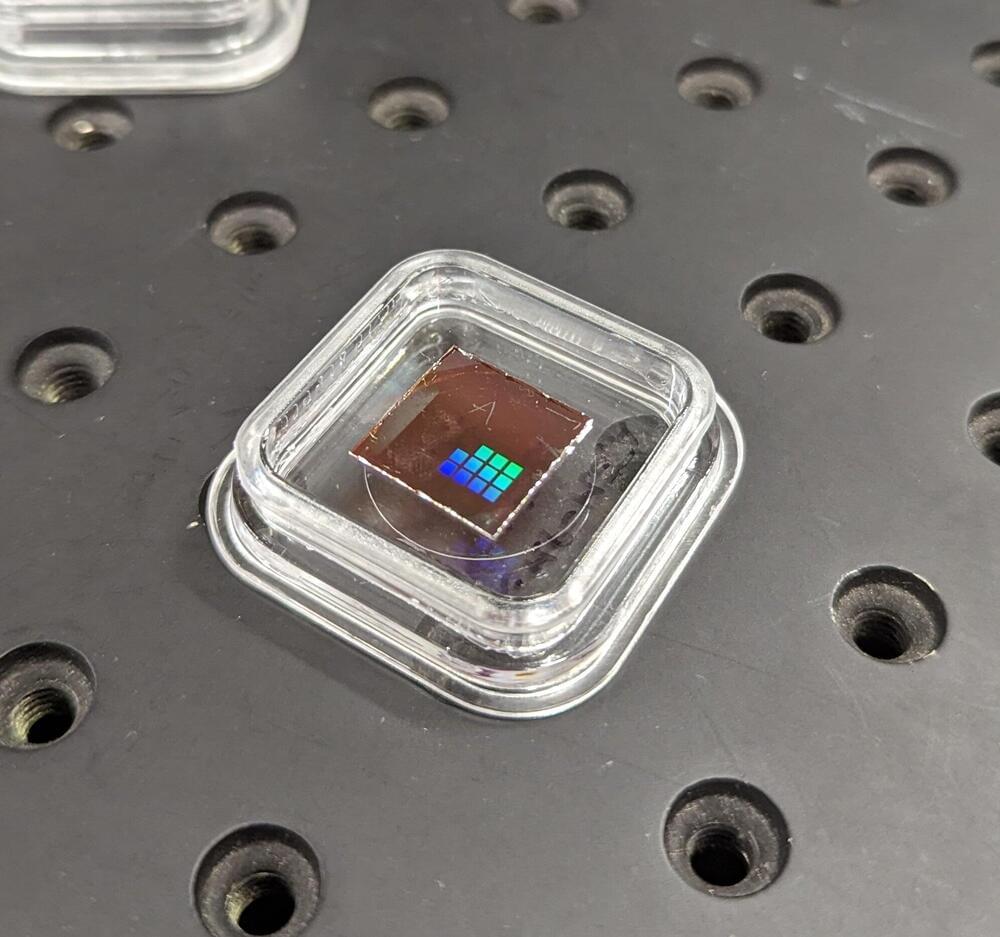Jul 4, 2024
Team prints edible QR codes using innovative 3D food printer
Posted by Shailesh Prasad in categories: food, materials
Like a scene from the movies, a team of researchers from Singapore University of Technology and Design (SUTD) has developed new ways to freely produce and customize the food that we eat.
Their findings have been published in the journal Future Foods as “Multi-material direct ink writing 3D food printing using multi-channel nozzle.”
Three-dimensional (3D) printing using food ingredients is currently the favored approach to shaping foods with unique structures, textures, and nutritional compositions.

















